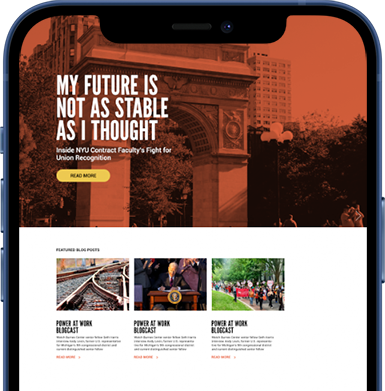Forecasting the 2024 Labor Picture: Results from the Quarterly Power At Work Labor Issues Survey (Q2 2024)
Published in: Power At Work Blog
“Responding to the first Power At Work Quarterly Labor Issues Survey, labor insiders and knowledgeable outsiders predicted that union membership would increase in 2024, with the largest percentage increase coming in the private sector rather than the state and local government or federal government sectors. Survey responses suggested that these labor insiders and knowledgeable outsiders do not believe unions’ membership growth in 2024 would be sufficient to increase union density in the United States. A plurality of respondents predicted the UAW would increase its membership at a faster rate than other unions. Respondents also expect that strike activity in 2024 will equal or exceed 2023’s elevated level of strike activity.”

